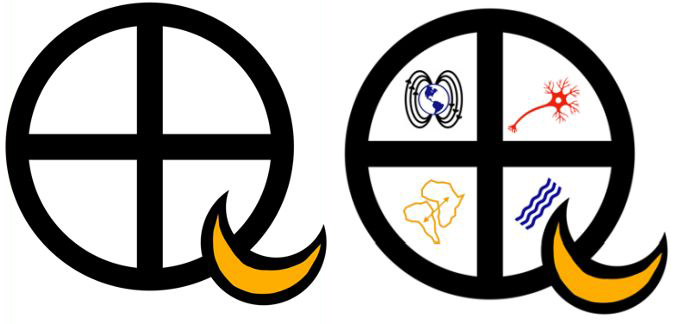 A new research project at Queen’s University is working to better our understanding of the earth’s formation, evolution, and future with a particular focus on the importance of the moon.
A new research project at Queen’s University is working to better our understanding of the earth’s formation, evolution, and future with a particular focus on the importance of the moon.
The Geoselenic Research Project was established and funded by alumnus Stephen Cheeseman, Artsci'85, in 2020 to address fundamental questions about the interactions within the earth-moon system. The research team is looking to answer questions originally posed by Stephen Cheeseman: Do we need the moon to create life on earth? Do we need the moon to sustain a magnetic field on earth? Do we need the moon to sustain plate tectonics?
“Our understanding of how planets form and how life develops and is sustained over hundreds of millions of years, is based on models and hypothesis, and while we have had advances in understanding, the picture is far from complete,” says project lead Alexander Braun (Geological Sciences and Geological Engineering). “This is partly because the integration of existing knowledge across disciplines is preliminary at best. Overall, we aim for an improved understanding of the evolution of planets and moons, hence our solar system.”
This research project is relevant to several key questions, examples of which are the nature of the earth’s magnetic field and how the interior of the earth evolved over time and controls surface processes important for the evolution of life. Today, humans can access about one per cent of the Earth’s volume. Information concerning the remaining 99 per cent, and especially the mantle and core can be obtained only through geophysical surveys, or modelled through experiments in geochemistry, rock physics, and geodynamics.
Earth Science subdisciplines that focus on the interior of the earth include geodynamics, magnetohydrodynamics, and thermodynamics. But in order to understand the complex processes and structure of the earth’s interior, these disciplines must be integrated.
“This is crucial: if the earth’s magnetic field weakens, do we know enough about the deep earth to predict future magnetic field strength, and is the moon contributing to sustaining the field?” asks Dr. Braun. “How is the energy in the interior of the earth harnessed to bring to the near sub-surface potentially valuable mineral resources in geologic time? How are deformation processes at the earth’s surface which interacts with human habitats, controlled by processes within the deep earth?”
This research will also support student learning and related Queen’s research. Dr. Braun says students in Geological Science and Geological Engineering are given the opportunity to expand their knowledge in regional and local scale geosciences - to learn about global scale processes. This project will introduce this global scale and inter-disciplinary problem not only to the research program, but also to our students by having postdoctoral fellows and PhD students working in house.
“The collaborative approach of this project will also attract other research - both internally and externally, some of whom are focused on global scale, fundamental research,” says Dr. Braun.
The first activities already give interesting insight into the evolution of the earth’ mantle from 4.5 billion years ago until the present. Postdoctoral Fellow Petar Glisovic runs numerical models of the whole earth and will systematically include more complexity, including the impact of Theia, a Mars size object which collided with earth and led to the formation of the moon.
Included on the research team are:
Learn more about the Geoselenic Research Project on their website.
This article was first published on the Queen's Arts & Science website.